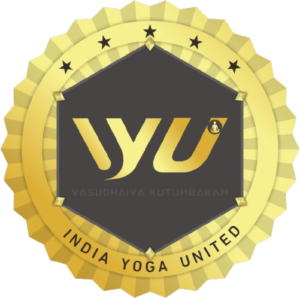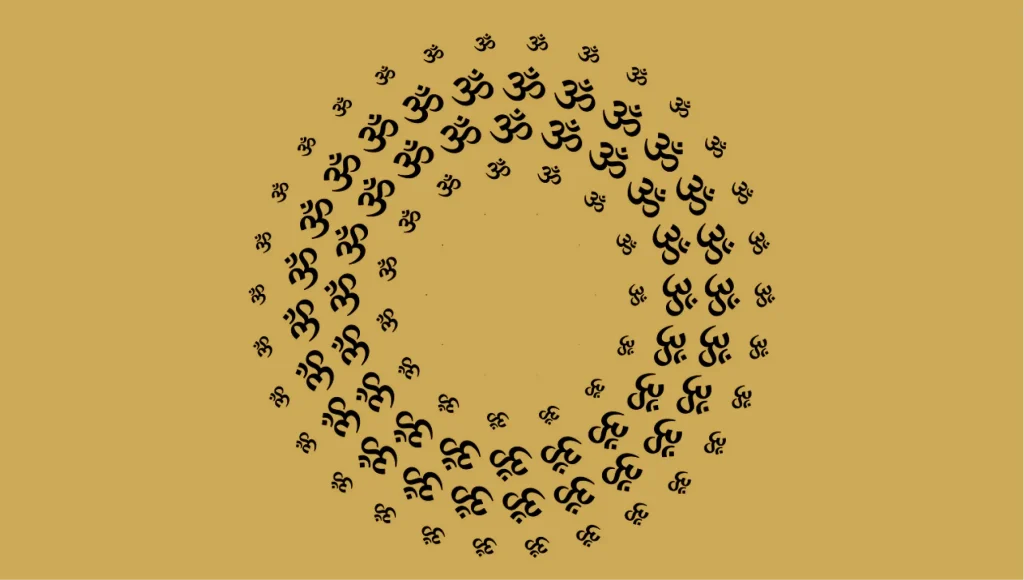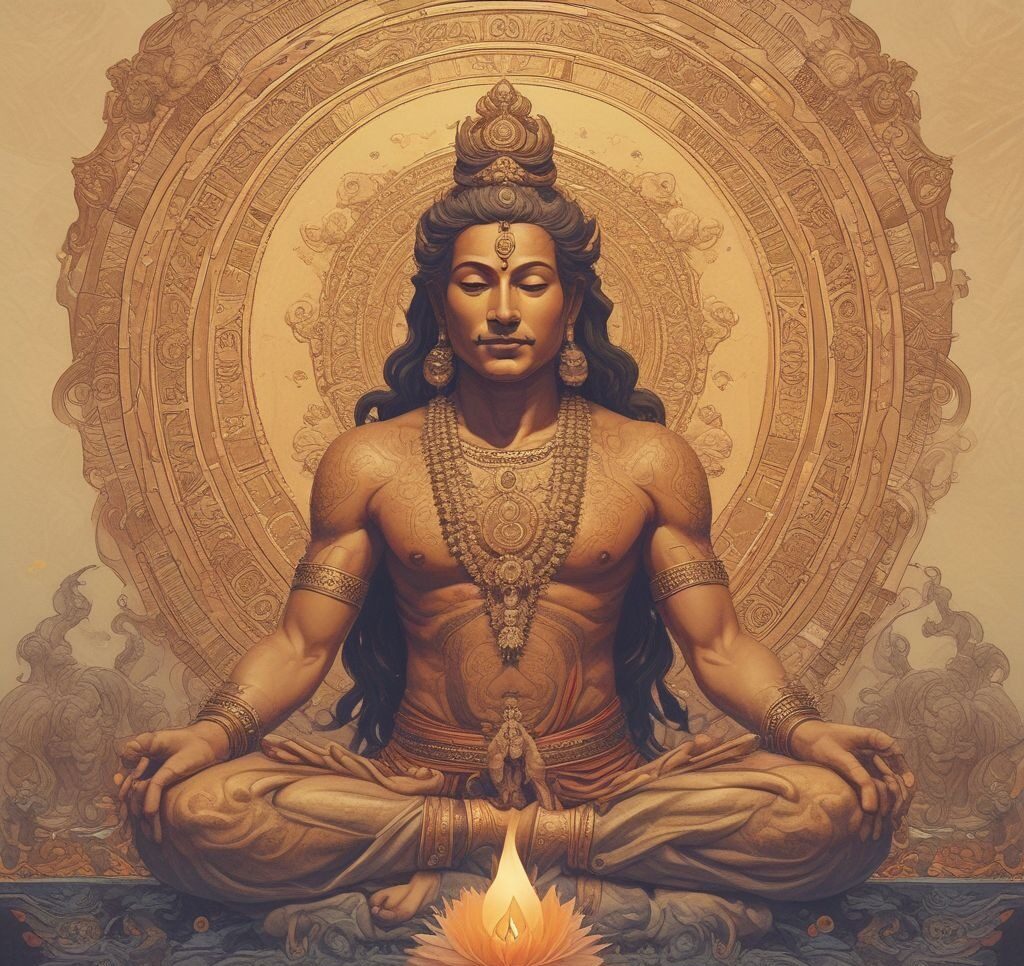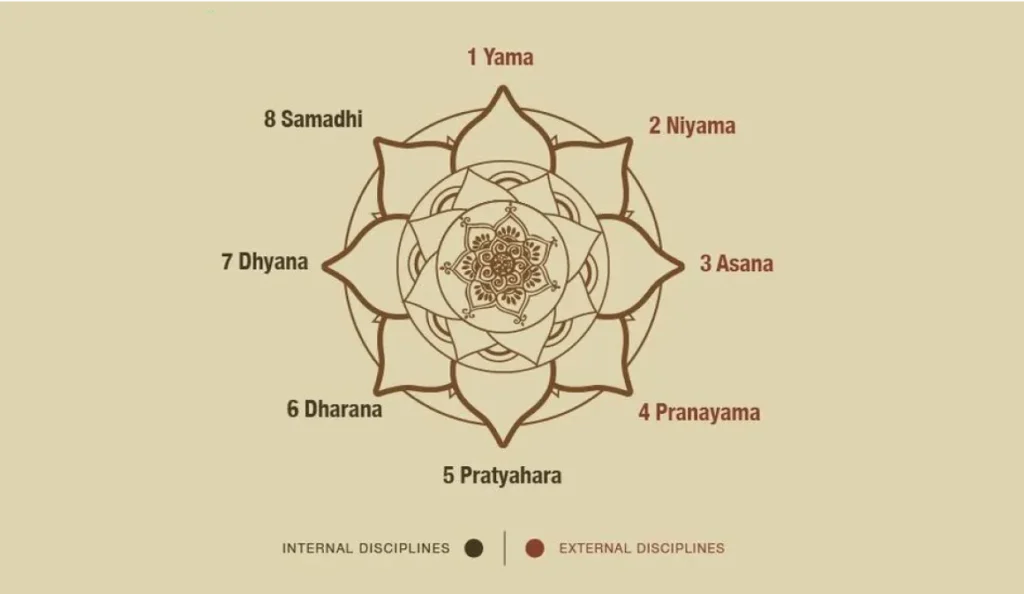Yoga, a practice that originated in ancient India, has transcended borders and evolved into a global phenomenon. While it’s often associated with tranquility and mindfulness, the cultural perspectives and practices of yoga vary widely across the globe. In this blog, we’ll explore how different cultures have embraced yoga, adapted it to their needs, and the unique flavors they bring to this ancient discipline.
1. The Roots of Yoga in India
To understand yoga’s global journey, we must first look at its roots. Originating around 5,000 years ago in India, yoga was initially a spiritual practice aimed at attaining enlightenment and unity with the divine. Traditional Indian yoga encompasses various forms, including Hatha, Bhakti, Karma, and Jnana yoga, each emphasizing different aspects of the human experience, from physical postures to devotion and knowledge.
Key Practices:
• Asanas (Postures): Integral to Hatha yoga, focusing on physical health.
• Pranayama (Breath Control): Techniques to control breath and energy flow.
• Meditation: A cornerstone of yoga, fostering mental clarity and spiritual growth.
2. The Western Adaptation: Fitness and Wellness
As yoga spread to the West in the late 19th and early 20th centuries, it underwent significant transformation. In the United States and Europe, yoga became synonymous with fitness, attracting millions seeking physical health benefits rather than spiritual enlightenment.
Key Practices:
• Vinyasa and Power Yoga: Fast-paced styles that focus on movement and strength.
• Yoga in Fitness Studios: Often integrated with modern fitness regimes, emphasizing flexibility and muscle toning.
While this adaptation has made yoga accessible to many, it sometimes overlooks the deeper philosophical aspects of the practice, leading to a more superficial understanding.
3. The Japanese Approach: Zen and Mindfulness
Japan has embraced yoga through the lens of Zen philosophy, integrating mindfulness and meditation into its practice. Japanese yoga often emphasizes mental clarity, inner peace, and the connection between mind and body. The practice is often slower and more contemplative, focusing on breath and stillness.
Key Practices:
• Yin Yoga: A slower-paced style that encourages deep stretching and meditation.
• Zen Meditation (Zazen): Often practiced alongside yoga, promoting mindfulness and presence.
4. The African Perspective: Healing and Community
In many African cultures, yoga is seen as a holistic approach to healing and community building. Traditional practices often incorporate elements of dance, music, and communal rituals, emphasizing the connection between the body, spirit, and the community.
Key Practices:
• Dance and Movement: Many African yoga practitioners incorporate traditional dance into their yoga sessions, celebrating cultural heritage.
• Community Classes: Group practices that foster connection, support, and collective healing.
5. The Middle Eastern Influence: Spiritual Depth
In the Middle East, yoga is often intertwined with spirituality and religious practices. Many practitioners incorporate elements of Sufi mysticism, reflecting a deep commitment to inner exploration and connection with the divine.
Key Practices:
• Sufi Whirling: A form of active meditation that promotes a connection to the divine through movement.
• Integration with Islamic Practices: Some practitioners blend yoga with Islamic meditation, creating a unique spiritual experience.
6. The Global Movement: Yoga Festivals and Retreats
As yoga continues to evolve, global festivals and retreats have become popular, bringing together diverse practices and traditions. Events like the International Yoga Festival in Rishikesh, India, and Wanderlust Festivals around the world celebrate the unity of yoga while honoring its diverse expressions.
Key Practices:
• Workshops: Featuring various styles and philosophies, allowing practitioners to explore different aspects of yoga.
• Cultural Exchange: These events foster a sense of global community, encouraging dialogue and sharing of practices.
Conclusion
Yoga is more than just a physical practice; it is a rich tapestry woven from the threads of culture, spirituality, and community. As we explore yoga around the world, we discover that its essence lies in its ability to adapt and resonate with people from diverse backgrounds. Whether practiced for fitness, mindfulness, or spiritual growth, yoga unites us in our shared human experience, reminding us of the importance of balance, harmony, and connection—both to ourselves and to each other.
As you roll out your mat, consider the unique cultural perspectives that have shaped your practice and the global community you are a part of. Embrace the diversity of yoga, and let it inspire you to explore new dimensions of this ancient art.







